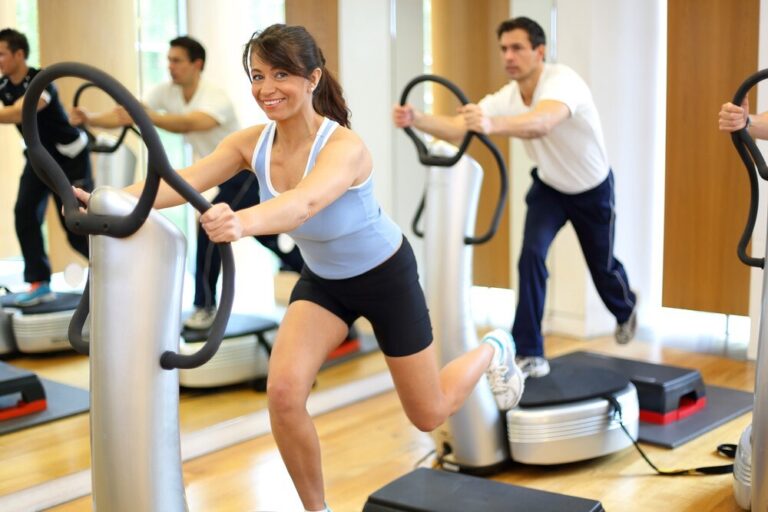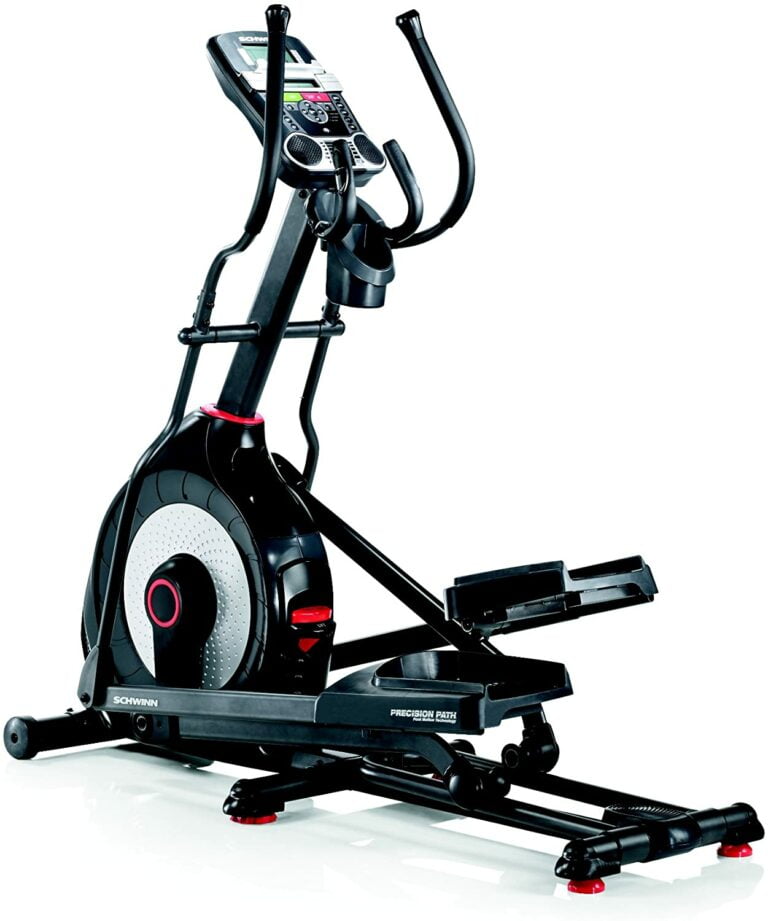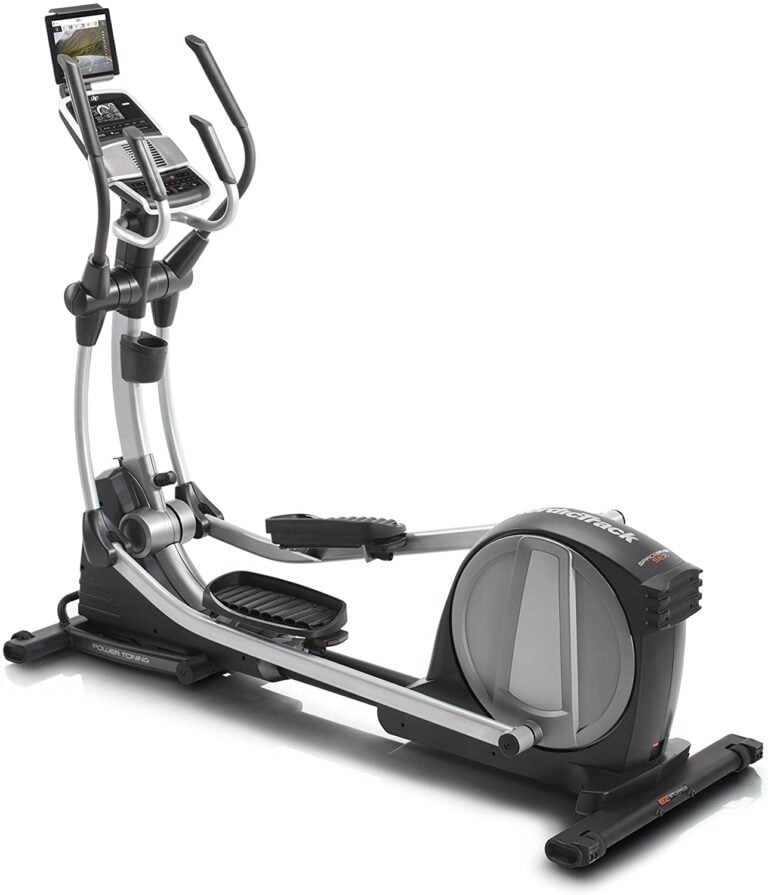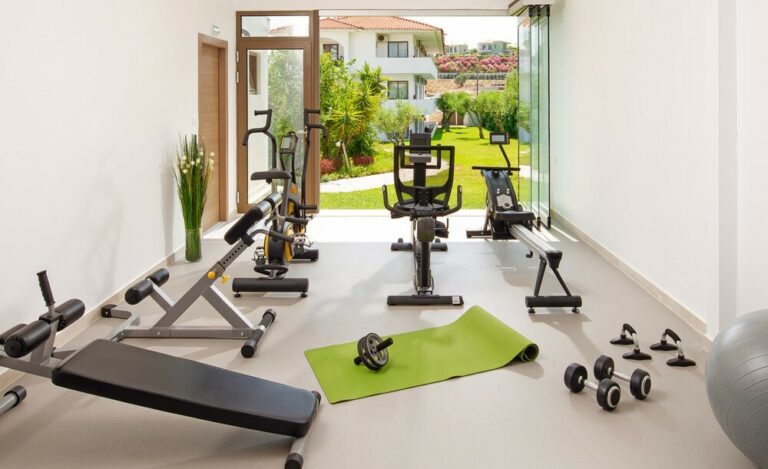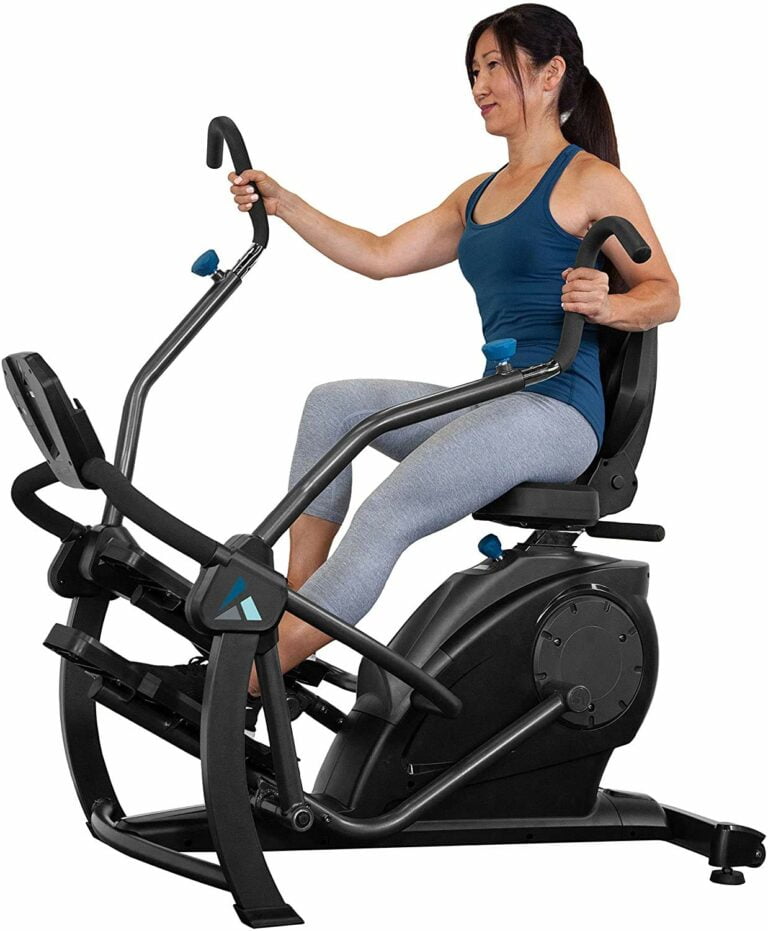Can I Jump Rope With Diastasis Recti?
Some women experience diastasis recti after having a baby. This temporary condition usually resolves itself over time, but some exercises may persistently aggravate it and cause more harm than good.
So in this article, we will look at exercises for diastasis recti and whether you can jump rope with this condition.
If you are a new mom and your tummy is ever-expanding after babies. You may have just had a c-section or forceps and want to do something to improve your abdominal muscles quickly.
Maybe you have the diastasis recti, but it has healed well, and you want to avoid reopening the gap between your internal organs.
Whatever the case may be, let's first see what we mean by diastasis recti.
What is Diastasis Recti?
“Diastasis Recti” is a separation in the linea alba, the thin fibrous layer of tissue that runs around the trunk of your body.
It’s also known as “abdominal separation” or “separation of the rectus abdominis muscle.”

The separation occurs when there's a tear in either one or both halves of this muscle, and it can no longer pull together for support.
This condition can affect women in many ways, from causing pain to causing excessive stretching and weakness in your abdominal muscles.
Pregnant women are especially prone to this condition due to the expanding uterus' stretching of the abdominal muscles.
Causes of Diastasis Recti Include:
Diastasis recti, or abdominal separation, is the result of different factors and circumstances.
These factors can include:
- The baby’s size caused the abdomen to stretch too far.
- Trauma during pregnancy (including trauma caused by a fall).
- Excessive weight gain during pregnancy.
- Age, genetics, or hormonal imbalances affect collagen elasticity.
Some postpartum cardio exercises will help relieve soreness or pain and strengthen the muscles to regain their strength.
Some of these exercises target those specific muscles, and others exercise the entire torso to get everything moving back into place.
How can you jump rope with diastasis recti?
Doing intense exercise may be harmful to your abdomen after your c-section. Therefore, you’ll need to find a workout or two that feels right for your body.
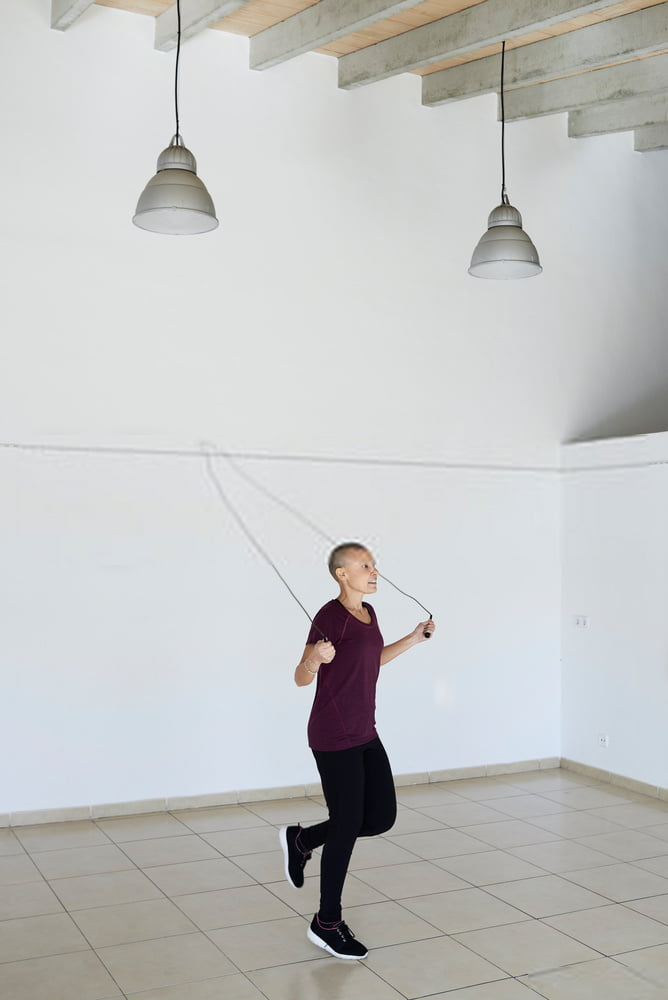
Then stick with it until your diastasis recti heals entirely on their own.
What about jumping rope? Can a woman jump rope after months postpartum without hurting herself or worsening the condition?
A few experts say yes, as long as you take it easy on yourself and learn which exercises to avoid.
If you’re not in pain and are in a good posture, you can jump rope as long as your workout doesn’t become too overwhelming for your body.
Just do it slow and steady for a short while and see if it helps you to improve your abdominal muscles.
However, some experts feel that jumping rope may worsen the condition.
Exercises To Be Avoided
There are some exercises that may aggravate a diastasis recti. You need to avoid these if you do decide to jump rope.
The Plank
When you're in the plank position, your abdomen is stretched super tight, and this can cause you to strain your abdominal muscles. It might prolong the time it takes for your separation to heal.
Sit-Ups

You want to avoid sit-ups if you have a diastasis recti because it may push your abdominal muscle further apart than it already is, and at that point, injury can occur.
Leg Extensions
Leg extensions are a great way to work your backside muscles, but they pull your abdominal muscles into a tight position. It may aggravate the separation. So keep them to a minimum.
Abdominal Vacuum
The abdominal vacuum is a tricky move that requires you to pull in your stomach as hard as you can, tightening your abdominal muscles apart if you have diastasis recti.

But some exercises won’t aggravate diastasis recti. These are the kinds of exercises that you can do to strengthen your abdominal muscles.
Exercises You Can Do :
Side-to-Side Abdominal Pulses
This exercise strengthens your lower abdominal muscles and helps to improve your flexibility. You can do this by lying on your side and then lifting one leg in the air.
Then repeat with the other leg. Side bend is also a great way to improve your flexibility. If you cannot get down low enough to do a side bend, try doing it from a standing position instead.
Posterior pelvic tilts
This exercise builds your core muscles by working your abdominal wall and the back portion of your spine.

You can do this by lying on the floor with your hands straight behind you. Keep both legs together and then lift one leg off the ground, making sure to keep both knees bent as far as possible.
Next, lower it down and repeat a few times before lowering it again.
Pelvic floor lifts can also be great to help you feel a little stronger in your pelvic floor muscles.
Diaphragmatic breathing
You can do this by bending over with your hands on the floor and then take a deep breath in and exhale from your diaphragm.
Hold for a moment, and then repeat as many times as you'd like.
Lunges
You can do lunges by holding weights in your hands and standing with your feet apart. Step forward with one leg, and then let it return to the starting position. Repeat this several times with each leg.
Pilates
You can do pilates in several ways. One example is to lie on the floor with your arms stretched out at your sides.
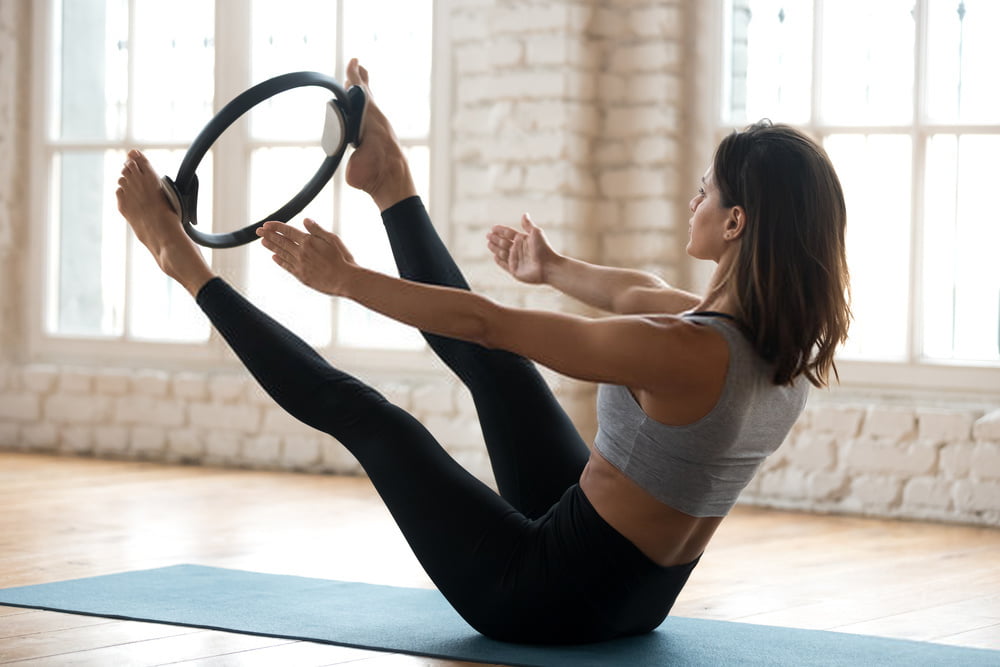
Next, lift one leg off the floor and then bring it down again, working each leg individually.
You can also try this exercise while standing, using your pilates equipment to create resistance as you work each leg individually.
Final Thaughts
In conclusion, diastasis recti isn’t a life-threatening condition, and you’ll be able to recover from it on your own.
However, if you want to speed up the process, try some of these exercises and watch as your condition improves and your abdominal muscles are strengthened.
Jumping rope is possible even with this condition, but don’t overdo it. Your workouts should be short and sweet.
This way, you’ll burn some calories and lose some belly fat without aggravating your separation.
Do the best that you can and take good care of your body. As long as you do this, then you'll see a change in the time it takes to heal your condition.
But, ultimately, everything depends on what kind of shape you are in and how well your body can heal itself from within.
Stay positive and keep working hard, and before you know it, you'll be able to jump rope just like anyone else.

